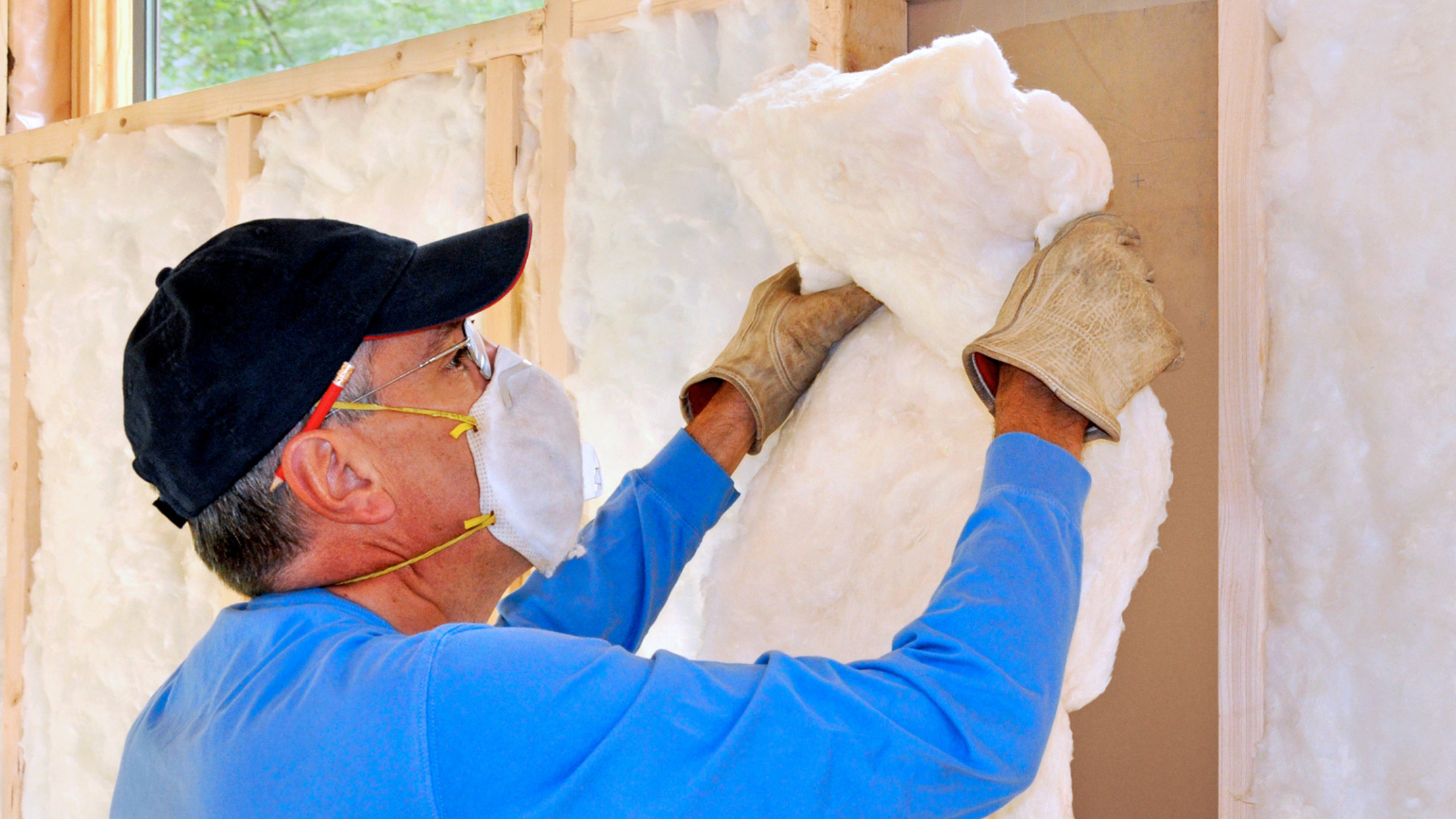There are many home insulation choices on the market. Two of the most popular choices are cellulose insulation and fiberglass insulation. Each has pros and cons, so how do you decide which is right for your home project?
Cellulose insulation and fiberglass insulation are both considered safe to use in the home. Both are similar in price, but cellulose insulation has a slightly higher R-value. However, most people choose fiberglass insulation for their attics because it provides better thermal resistance.
What is Cellulose Insulation?
Blown-in cellulose insulation is made from recycled material, including paper products, and is one of the most energy-efficient and environmentally-friendly insulation materials available. It is treated with fire retardant and insecticide chemicals. It’s commonly used for attic insulation or wall cavities because it is a type of loose-fill insulation that is blown in using special insulation blowing machine. Installing cellulose insulation should be completed by a professional.
What is Fiberglass Insulation?
Fiberglass insulation is one of the most popular types of insulation on the market today. It is made from glass fibers spun into highly effective insulation material. Fiberglass batt insulation is available in various thicknesses and R-values, making it a versatile option for both new construction and retrofit projects. Fiberglass insulation is relatively easy to install, and it does not require unique vapor barriers or other precautions. As a result, it is an attractive option for both homeowners and contractors.
Advantages of Cellulose Insulation
Cellulose is treated with fire retardants and insecticides, making it an ideal choice for homes in areas at risk for wildfires or pests. Cellulose insulation has a slightly higher R-value than fiberglass, which effectively prevents heat transfer. As a result, cellulose insulation can help to keep your home cool in the summer and warm in the winter, saving you money on energy bills and preventing air leakage.
Problems with Cellulose Insulation
While cellulose insulation is commonly used in attics and walls, it can pose some risks to your health.
- The fire retardants used on the paper can release toxins into the air, and inhaling these toxins can cause coughing, sneezing, and difficulty breathing.
- The paper itself can be a breeding ground for mold, which can cause allergies and respiratory problems.
- A professional should install blown-in insulation if you are not sure what you’re doing.
If you are thinking about using cellulose insulation in your home, be sure to consider these risks.
Advantages of Fiberglass Insulation
Fiberglass insulation is one of the most popular insulation materials on the market today. Fiberglass insulation is made from glass fibers spun into a mat, also known as fiberglass batts, and then held together with a binding agent. The glass fibers are extremely fine, and they can be spun into a very tight mat.
Fiberglass insulation is an excellent choice for use in areas where there are a lot of movements, such as in wall cavities and around doors and windows.
Fiberglass insulation is also non-combustible, making it an ideal choice for fire-prone areas. In addition, fiberglass insulation has a high R-value, which means it is very effective at insulating against heat transfer. As a result, fiberglass insulation can help lower your heating and cooling bills.
Problems with Fiberglass Insulation
Though fiberglass insulation is a popular choice for many homeowners, it’s not without its drawbacks.
- One of the primary issues with fiberglass insulation is that it can be challenging to install, and you may need the help of an insulation contractor.
- Fiberglass batt insulation material is often very brittle, meaning that it can easily crack or break if it’s not handled correctly.
- There are tiny fibers that make fiberglass insulation irritate the skin, eyes, and lungs, making it essential to take precautions when installing fiberglass insulation.
- Fiberglass is not considered as effective as other insulation types in terms of thermal performance and soundproofing but still does a decent job in general.
Are Cellulose and Fiberglass Batts Safe?
Overall, both cellulose and fiberglass insulation are considered safe to use in the home. Cellulose insulation is made from recycled paper products, and it is treated with chemicals to help prevent mold and fire. Some people are concerned about the presence of chemicals in cellulose insulation, but they are safe for use in the home.
Fiberglass insulation is made from melted glass spun into fragile fibers. It does not contain any chemicals, but some people worry that the fibers could be harmful if inhaled. However, fiberglass insulation is deemed to be safe for use in the home.
Tips for Choosing the Right Insulation Material for Your Home Project
When choosing the right insulation material for your home project, there are a few things to keep in mind.
- Consider the R-value of the insulation. The higher the R-value, the better the insulation will prevent heat transfer.
- Think about where you will be using the insulation. If you are insulating an area prone to moisture, cellulose insulation may be a better choice than fiberglass insulation.
- Take into account any health concerns you may have. If you are concerned about inhaling fibers or toxins, you will want to research which material makes the most sense to use in your home.
- Consider the pros and cons of each. You want to find a material that is good at air sealing and preventing air leakage increasing energy efficiency and the comfort level of your home.
If you’re searching for a reliable company that is professional and knowledgeable about quality insulation, contact our team at Wattson Home Solutions today. We can help install or replace fiberglass or cellulose insulation and help you choose the right insulation material for your home. We offer various services, including insulation installation, heating and cooling needs, air sealing, and free energy assessments. Contact the energy experts and schedule an appointment today.







